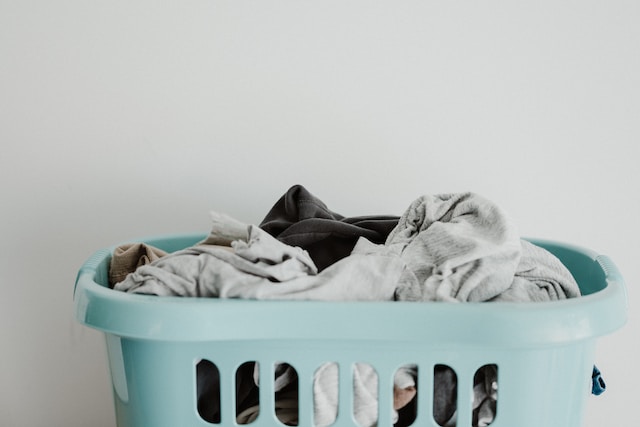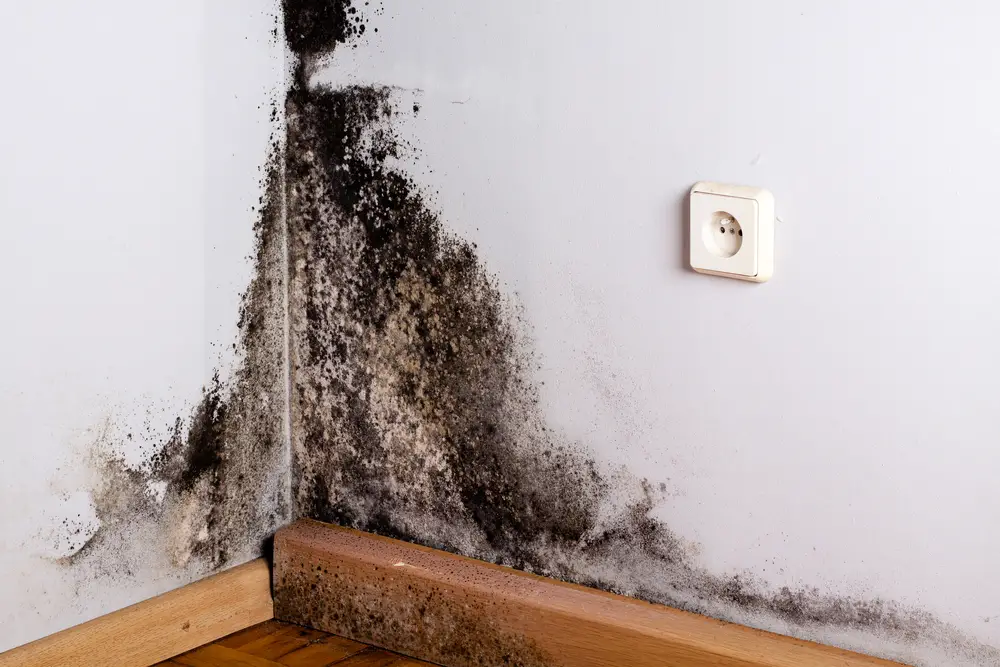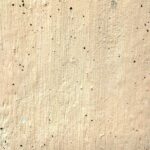Mold is a persistent household nuisance that can thrive in various environments. The ability of mold to colonize and spread rapidly poses a threat to not only the affected items but also to the health of the individuals exposed to it. Have you ever wondered, if can mold grow on clothing and fabric items? Well, for sure you won’t want your favorite dress to be covered in mold, so let’s dive a bit deeper to understand the factors that contribute to mold growth on clothing and fabrics, as well as the necessary preventive measures that are essential for maintaining a healthy and mold-free living environment.
How Can Mold Grow On Your Clothes
Mold requires certain conditions for it to spread out which, includes a combination of moisture, warmth, and an organic food source. Clothing and fabric items, especially those stored in damp and poorly ventilated areas, can easily become a breeding ground for mold. High humidity levels, inadequate air circulation, and improper storage can create an environment that promotes mold growth, leading to the development of musty odors, discoloration, and visible mold patches on the affected fabrics. So to answer the question, can mold grow on clothing and fabric items, yes.
Risks of Mold Growth on Clothing and Fabric
The presence of mold on clothing and fabric items not only compromises their structural integrity but also poses health risks to individuals. Mold-infested garments can suffer from permanent stains and odors, making them completely unusable. Moreover, exposure to mold spores can trigger allergic reactions, respiratory problems, and skin irritation. Prolonged exposure to moldy clothing can exacerbate these health issues, leading to more severe complications over time.

Effective Ways to Get rid of Mold on Mold-Infested Clothing
In the unfortunate event of mold growth on clothing or fabric items, swift and appropriate remediation is necessary to salvage the affected pieces and prevent further contamination. Dry brushing to remove surface mold, followed by gentle washing with mold-inhibiting detergents, can effectively eliminate mold spores and stains. Sun-drying the cleaned items in direct sunlight helps to further inhibit mold growth. For delicate or valuable fabrics, seeking professional dry-cleaning services equipped to handle mold-infested garments is advisable. But if your fabric is completely mold-infested, it is always best and safest to safely throw out the clothing.
How to Protect Your Clothes from Mold
Remember, prevention is always better than cure. Implementing preventive measures is crucial in safeguarding clothing and fabric items from mold infestation. Proper storage in dry and well-ventilated spaces, regular cleaning and airing of clothing, and maintaining optimal humidity levels can significantly reduce the risk of mold growth. Additionally, using moisture-absorbing agents, such as silica gel packets, and avoiding storing damp or soiled garments can help prevent mold from taking root on fabrics.
Conclusion
In conclusion, the threat of mold growth on clothing and fabric items is a significant concern that necessitates proactive measures to prevent its occurrence and swift action to address it effectively. Understanding the conditions conducive to mold development, the associated risks, and the importance of implementing preventive strategies is crucial for maintaining a mold-free wardrobe and a healthy living environment. By adhering to proper storage practices, regular cleaning routines, and prompt remediation measures, you can surely protect your garments and fabric items from the detrimental effects of mold infestation, ensuring your ootds won’t be compromised!









